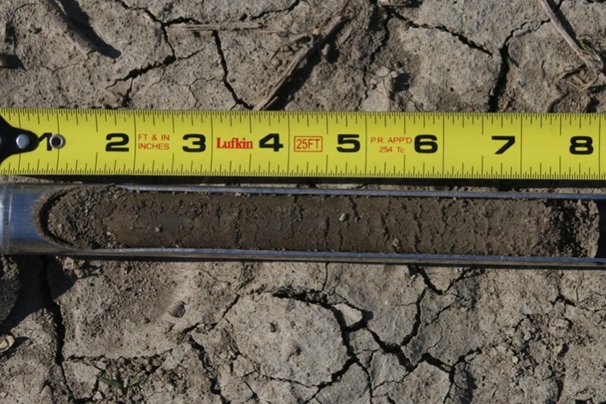Classically, researchers collect soil samples in the field and haul them back to the lab, where they analyze the material to determine its makeup.
In a recent study, University of Illinois researchers show new machine-learning methods based on laboratory soil hyperspectral data could supply equally accurate estimates of soil organic carbon.
Wang and his collaborators leveraged a public soil spectral library from the USDA Natural Resources Conservation Service containing more than 37,500 field-collected records and representing all soil types around the U.S.
“Spectra are data-rich fingerprints of soil properties; we’re talking thousands of points for each sample,” said Andrew Margenot, assistant professor in the Department of Crop Sciencesand co-author on the study.
After selecting the best algorithm based on the soil library, the researchers put it to the test with simulated airborne and spaceborne hyperspectral data.
Recent advances in machine learning saved us from the nuisance of constructing hand-crafted features while providing high predictive performance for soil carbon,” Zhang said.
The article, “Using soil library hyperspectral reflectance and machine learning to predict soil organic carbon: Assessing potential of airborne and spaceborne optical soil sensing,” is published in Remote Sensing of Environment .
